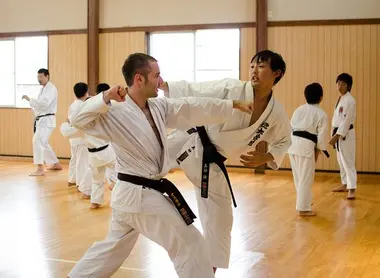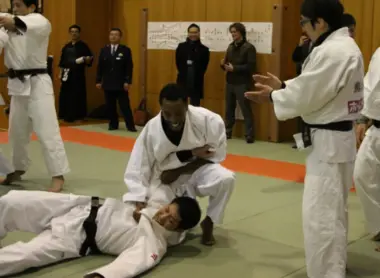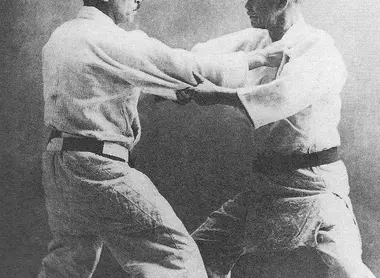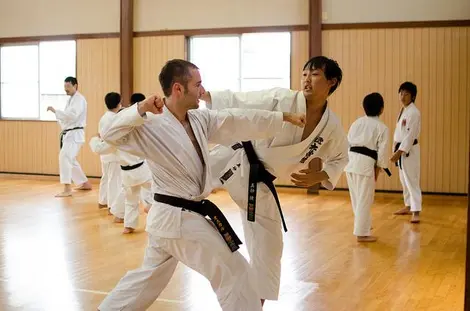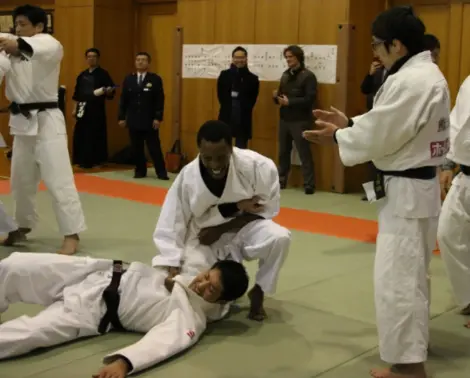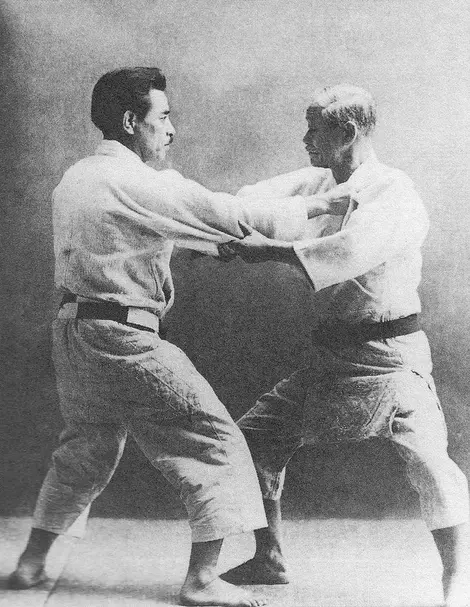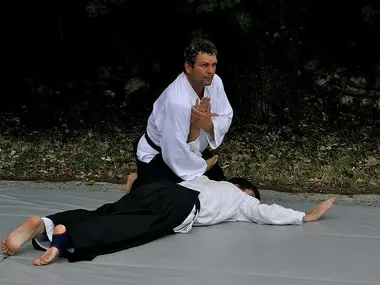Taihojutsu, Japanese police martial arts 逮捕術、日本警察の武道
- Published on : 26/07/2018
- by : S.R.
- Youtube
The art of arrest
Japan is known for its martial arts around the world. One would expect the country's police to apply these martial arts in their policing mission. However, the particular imperatives of the peacekeepers - to master without hurting - led to the creation of a particular martial art, taihojutsu .
A modern martial art
With the advent of the Meiji era in 1868 came the end of the feudal system and the suppression of the samurai caste . These last disappeared, it was necessary to create a new force intended for the maintenance of order . The police was thus created. Her action being different from that of soldiers armed with sabers, she had to develop a martial practice to respond to the civil problems she encountered . Thus, the knowledge of masters of different martial arts was pooled within committees, and gave birth in the 1930s to a new modern practice, which corresponded to the martial arts .
traditional martial arts modified by the contributions of judo, with throwing techniques as a basis.
Read also: judo
This police martial art did not take into account the safety of the subdued suspect , which was no longer possible from 1947 and Democratic Japan passing into the American sphere of influence. A new reflection was initiated, and it gave birth to taihojutsu , literally, "the art of arrest" . Without denying the efforts made during previous modern times, taihojutsu integrates into its techniques the need to protect the physical integrity of the person who is apprehended , and who should only be injured in the event of extreme danger.
A complete martial art
Taihojutsu incorporates the techniques of wrist control, arm control, posture and immobilization traditionally found in aikido , judo and jūjutsu . Strike techniques from karate and nihon kenpô are also learned, in order to be able to face more violent situations. Taihojutsu being the martial art of the police but also of the anti-riot forces, kidotai , it also includes techniques using the keibo , or short stick.
The objective of taihojutsu being the smooth apprehension of an individual, it must provide its practitioner with a
calmer than average mind, whose brain will resist the rise of stress and adrenaline typical of any violent situation. In addition to the confidence that years of practice produce, there are various breathing exercises that aim to keep the mind "calm and normal" .
A long way since the days of the samurai!
Read also: Japanese martial arts
